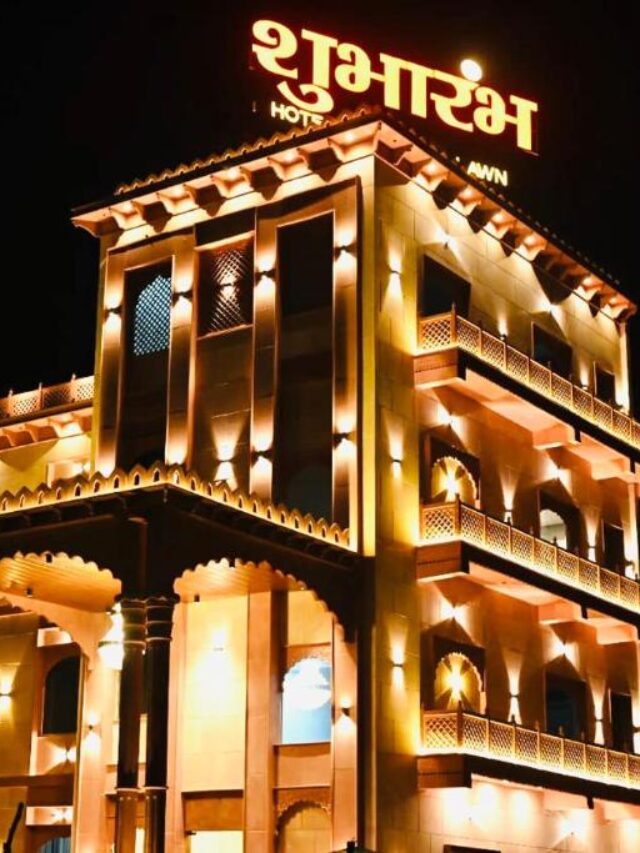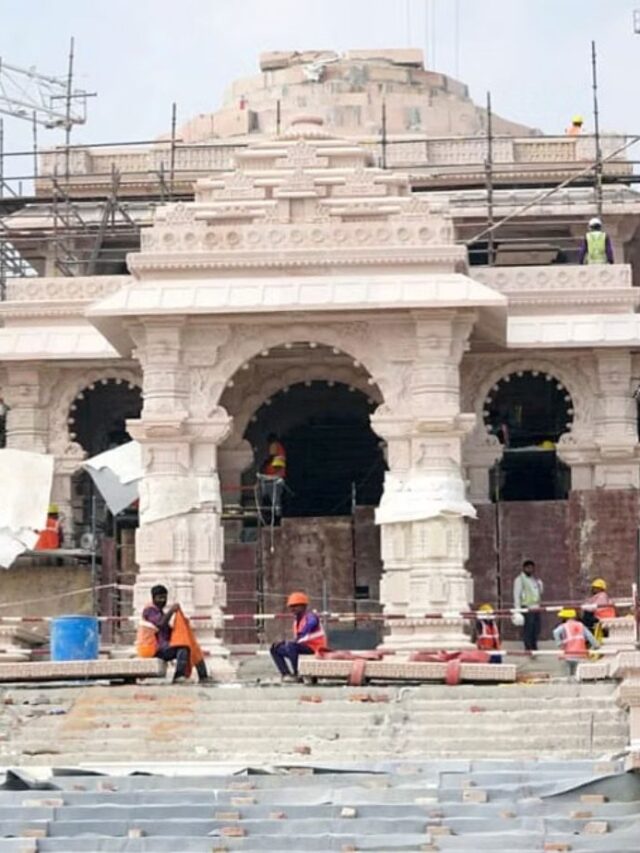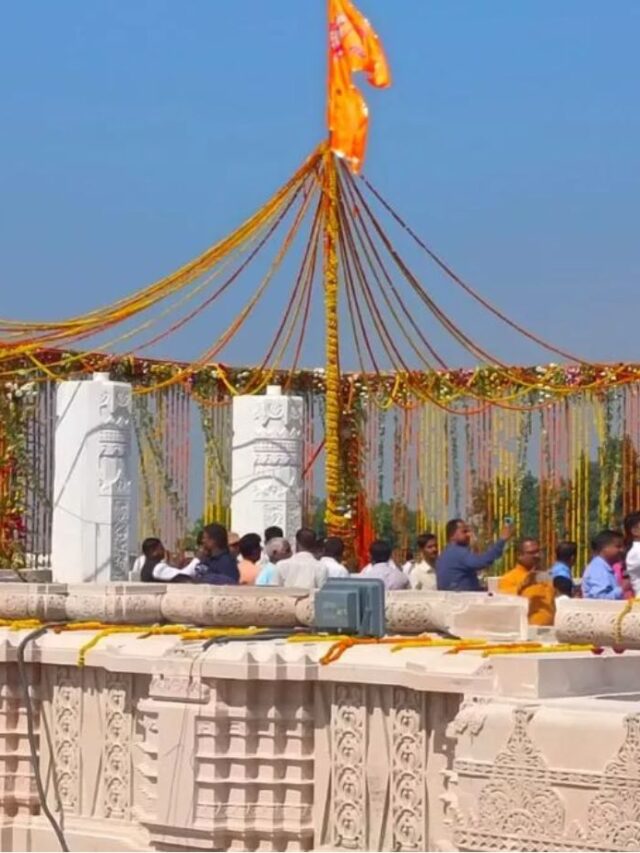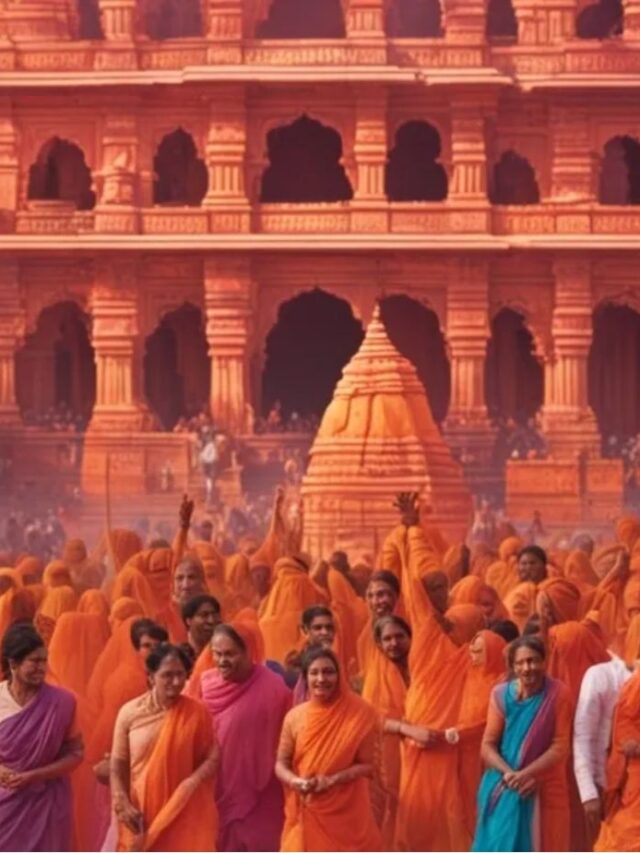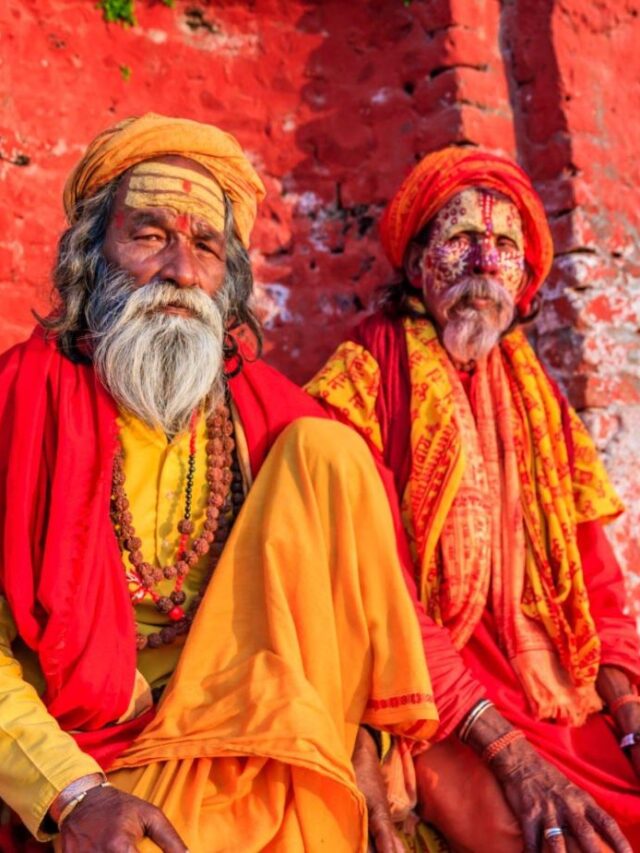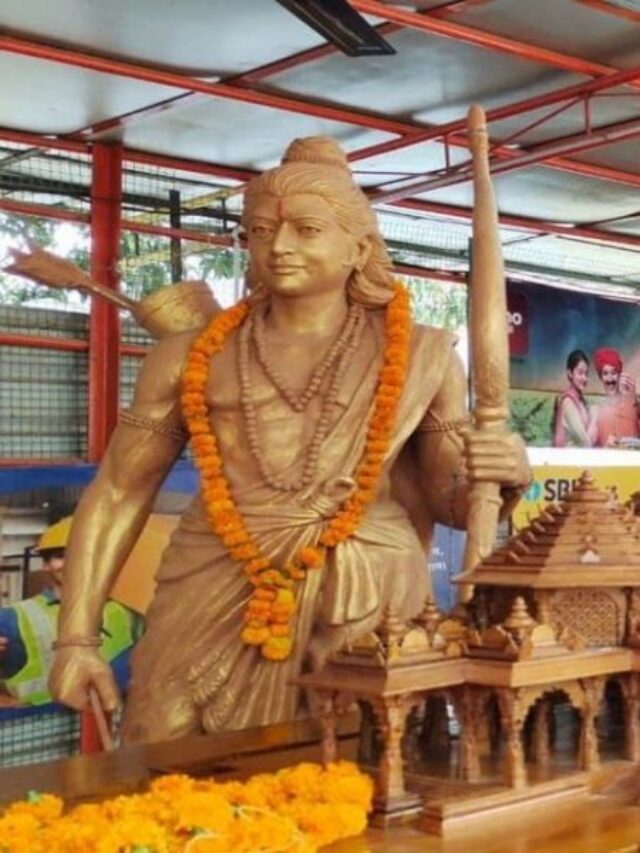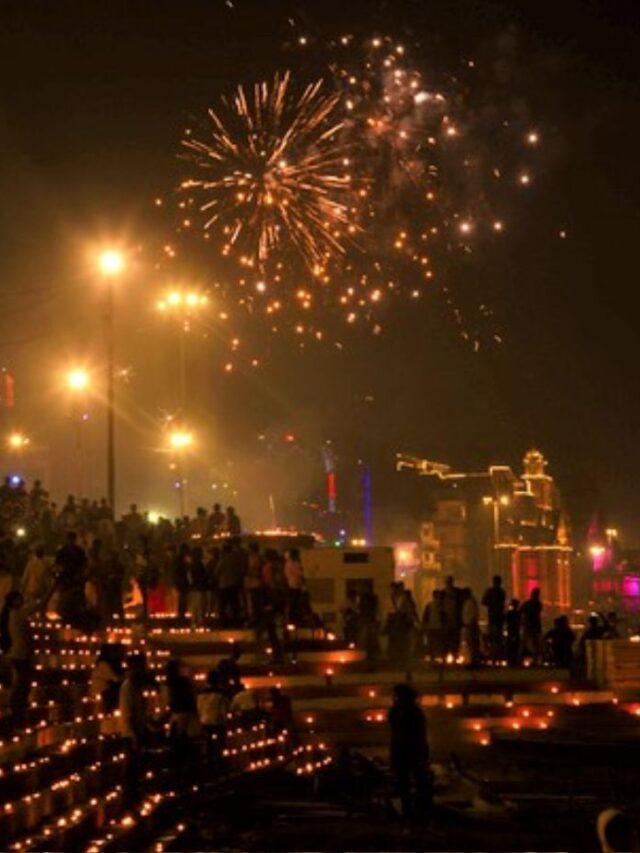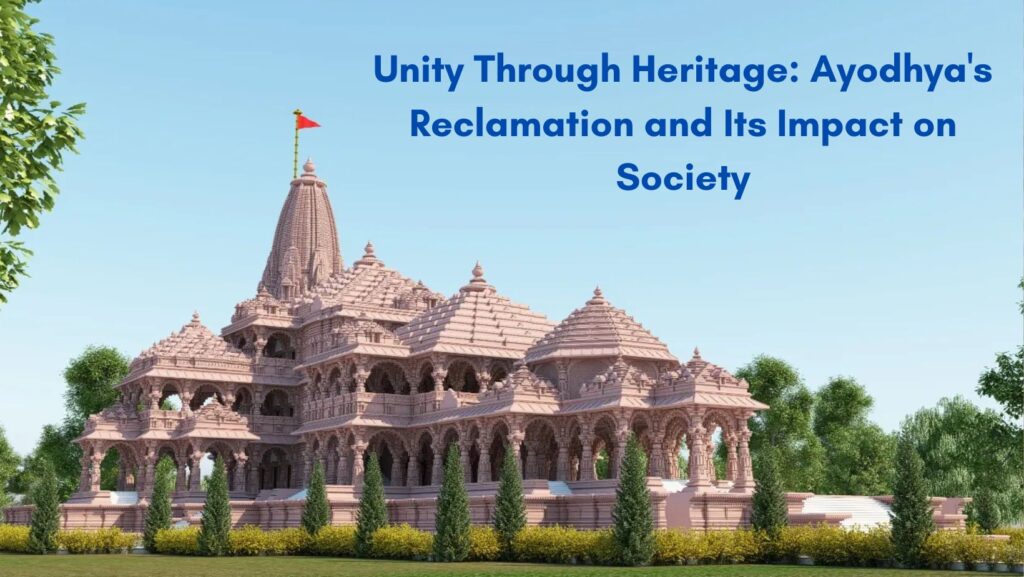The longstanding Ayodhya Ram Mandir dispute is a multifaceted historical conundrum that has held India’s attention for generations. Within this piece, we shall unveil five crucial insights that provide a comprehensive understanding of the Ayodhya Ram Mandir controversy. From its roots in religious tensions to legal battles spanning generations, this controversy has profound cultural and political implications. Join us as we delve into the heart of the matter and shed light on the critical aspects surrounding the Know About the Ayodhya Ram Mandir controversy.
- The Historical Background
In order to gain a deep understanding of the Ayodhya Ram Mandir dispute, it is crucial to delve into its historical backdrop. Ayodhya, located in the northern part of Uttar Pradesh, India, holds significance as the hallowed birthplace of Lord Rama, a revered figure in the Hindu faith. At the heart of the contention lies a particular piece of land in Ayodhya, widely recognized as the Babri Masjid-Ram Janmabhoomi site. Hindu beliefs hold that this exact location signifies Lord Rama’s birthplace. However, in the 16th century, during the Mughal era, the Babri Masjid, a mosque, was constructed on this very site. This historical development laid the foundation for the ongoing and unresolved contentious issue.
Also read – Ayodhya Ram Mandir Importance: Symbol of Hindu Faith and Heritage
- The Demolition of the Babri Masjid
Amidst the historical backdrop of Ayodhya’s Ram Mandir controversy, a significant event transpired on December 6, 1992, as a considerable assembly of Hindu supporters orchestrated the destruction of the Babri Masjid, setting off far-reaching communal unrest and resulting in a tragic loss of numerous lives.. This destructive act represented the zenith of an enduring plea by Hindu factions to regain control of the location for the purpose of erecting a Ram temple, thus signifying a critical juncture in the conflict, further escalating interfaith tensions, and initiating an enduring series of legal disputes.
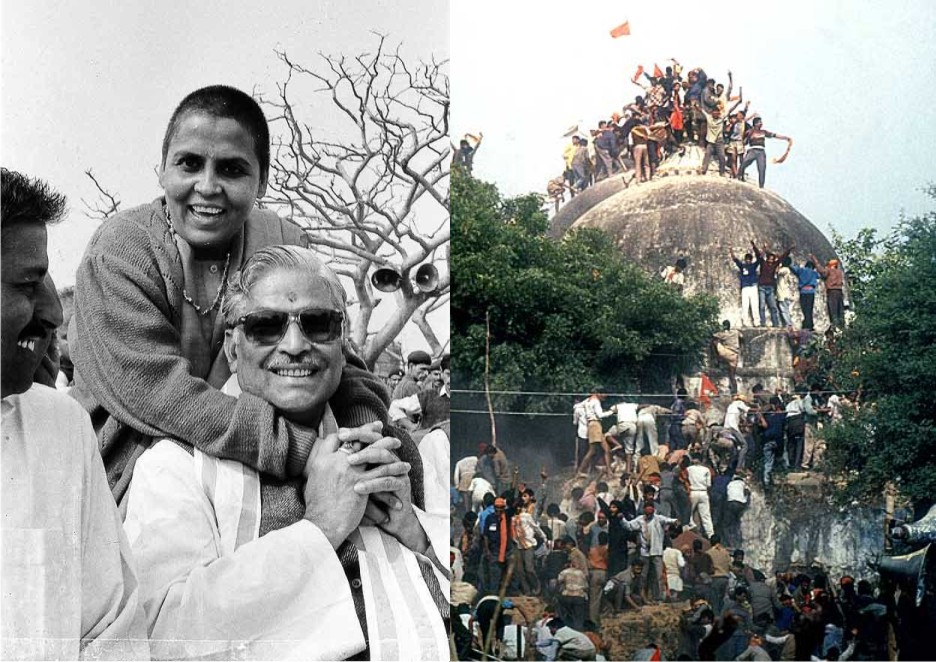
Also read – Ayodhya Museum: You will get to know the history of Ram Mandir movement
Also read – Ayodhya Ram Temple ‘pran pratishtha’ on January 22, likely to open for devotees on 24
- Legal Battles and Court Judgments
The Ayodhya Ram Mandir conflict has been entangled in a succession of legal battles. Following the demolition of the Babri Masjid, a series of legal proceedings unfolded involving diverse groups representing both the Hindu and Muslim communities, each striving to assert their claims over the contested location. A pivotal moment came in 2010 when the Allahabad High Court issued a groundbreaking verdict, dividing the site into three equal sections, designating them for the Sunni Waqf Board, the Nirmohi Akhara, and Lord Rama, emblematic of the Hindu organization Vishwa Hindu Parishad (VHP). Despite its attempt to achieve equilibrium, this judgment left many discontented and triggered subsequent appeals to the Supreme Court.
In November 2019, the Supreme Court of India delivered its definitive verdict, awarding the entirety of the disputed land to the Hindu community for the establishment of a Ram temple and designating a distinct five-acre plot for the Sunni Waqf Board to construct a mosque. This judgment received commendation from certain factions and faced censure from others, but its fundamental objective was to facilitate a resolution to the long-standing conflict.
- Cultural and Religious Significance
The Ayodhya Ram Mandir carries profound cultural and spiritual importance within Hinduism, with Lord Rama occupying a central role in Hindu mythology, adored for his virtuous characteristics and embodiment of dharma, or righteousness. For numerous Hindus, the erection of a majestic temple at his birthplace in Ayodhya signifies not only a matter of deep faith but also serves as an emblem of national pride and the restoration of heritage.

Conversely, the Babri Masjid stood as a historic place of worship with profound religious importance to the Muslim faith. The act of its destruction caused profound emotional distress within the Muslim community, fueling sentiments of exclusion and grievance.
The establishment of the Ram Mandir is seen by certain individuals as a prominent emblem of India’s vibrant Hindu cultural legacy; however, it serves as a contentious issue for others, further exacerbating religious rifts within the nation. Preserving a delicate equilibrium amid these multifaceted cultural and religious viewpoints while upholding the tenets of secularism and inclusiveness remains an ongoing test for India’s heterogeneous society.
- The Road Ahead
After the Supreme Court’s ruling in support of the Ram temple’s construction, it may seem like the Ayodhya Ram Mandir dispute has found closure. Nevertheless, there remain numerous vital facets to address. The establishment of the temple itself constitutes a colossal endeavor, demanding scrupulous strategizing and flawless implementation. This task encompasses architectural blueprinting, fundraising endeavors, and harmonized cooperation among diverse stakeholders.
Furthermore, following the verdict’s conclusion, there arose appeals for solidarity and concordance from political authorities and religious figures, underscoring the significance of preserving communal tranquility and promoting interfaith conversations. The forthcoming hurdle involves guaranteeing that the temple’s construction does not exacerbate existing tensions or sow discord within the community.
Also read – Devotees Will Reach Ram Temple Directly From Saryu Ghat
Conclusion
In conclusion, gaining a comprehensive understanding of the Ayodhya Ram Mandir controversy is crucial. This historic dispute, deeply rooted in India’s cultural fabric, involves intricate legal and religious facets. Acknowledging the Supreme Court’s 2019 verdict, which favored the construction of the Ram Mandir, is vital. It’s imperative to appreciate the emotional and communal sensitivities attached to this issue. Recognizing the need for peaceful coexistence and unity while preserving cultural heritage underscores the significance of knowledge about the Ayodhya Ram Mandir controversy in today’s diverse society.
Also read – How to Explore Bharatpur: A Journey to Explore Bharatpur’s Best Hidden Gems

